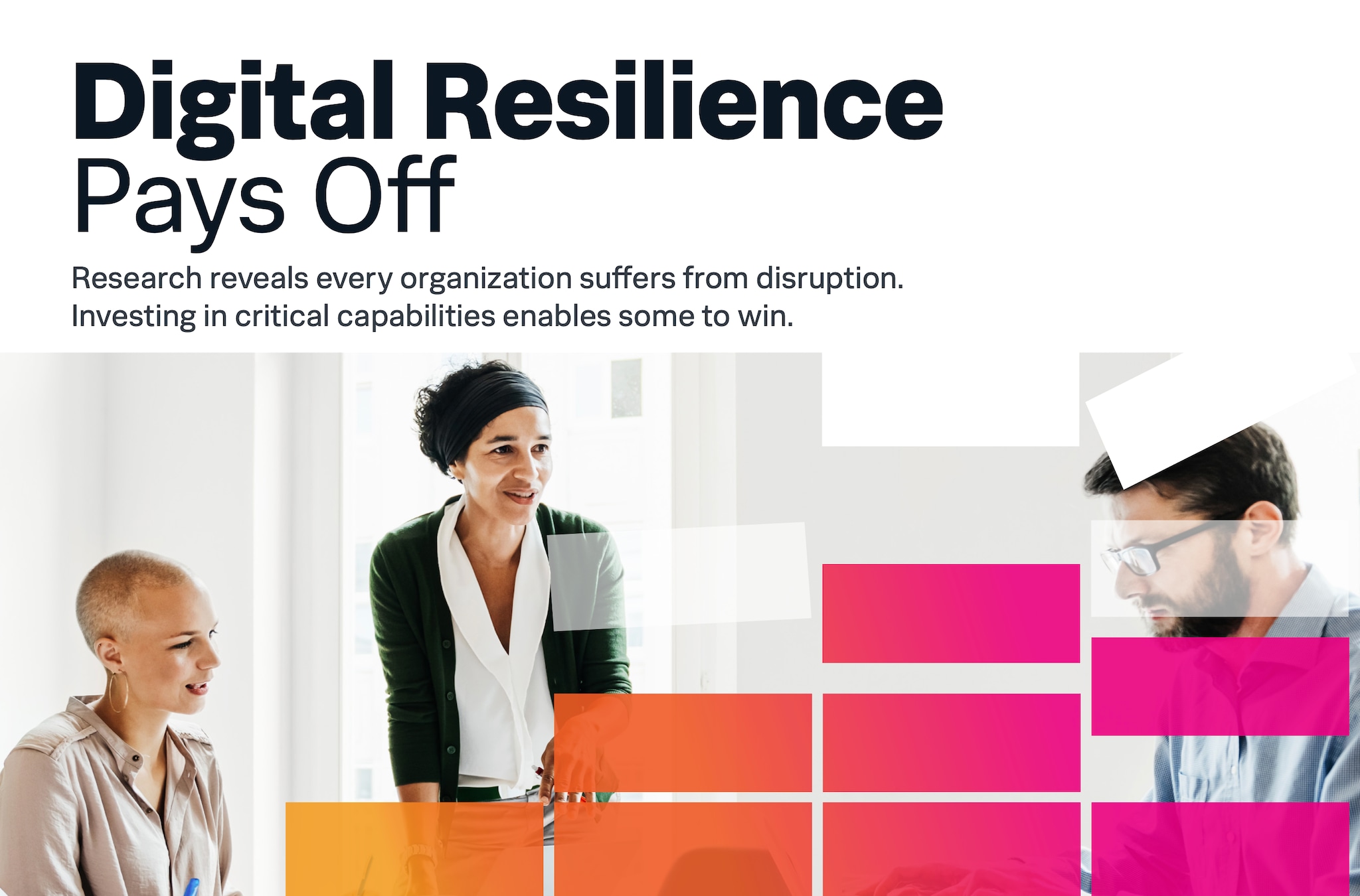DevSecOps is Here! Developers and SREs, Meet the SOC Team.

Hi there,
As organizations strive to enhance the cyber resilience of their operations, the scope of SOC teams is expanding beyond traditional enterprise IT.
Evolving Priorities: The Shift from Back-Office IT Environments to Digital Business Resilience
Traditionally, SOC teams have focused heavily on back-office IT environments as their digital foundation. However, as organizations across industries transition to digital business models (e.g. selling digital assets, digitizing products or services, developing digitally empowered offerings, or adopting metered revenue models), the resilience of digital touchpoints and the overall digital business becomes paramount.
DevSecOps Adoption: Insights from the Splunk State of Security Report
According to the Splunk State of Security Report, 25% of top decision-makers in Western Europe consider adopting DevSecOps practices following cybersecurity incidents in this environment. In addition, tighter compliance regulations require a comprehensive approach that secures the entire digital stack (Hello NIS2!) rather than just focusing on the underlying infrastructure. Furthermore, 23% of organizations have already experienced failed audits, and 30% anticipate the need to adopt DevSecOps practices to achieve and maintain compliance with relevant industry regulations.
The Changing Landscape: Collaboration between Software Developers, SREs, and SOC Teams
Consequently, software developers and site reliability engineers are emerging as vital partners for SOC Teams. Cyber resilience is no longer just the responsibility of network administrators, Microsoft experts, and database administrators.
Challenges Faced by SOC Teams: Acquiring New Skills and Adapting to CI/CD Release Cycles
As SOC teams adapt to these changing dynamics, they face the challenge of acquiring new skills, staying on top of emerging technologies, understanding potential attack vectors, and adopting best practices to secure and monitor these digital environments. As the SOC must adapt to the rapid pace of CI/CD release and development cycles, even the approach to embedding and monitoring security undergoes significant transformations.
Benefits of DevOps Environments: Clear Workflows, Standardization, and Enhanced Anomaly Detection
Fortunately, there is good news for SOC teams in DevOps environments. These setups generally feature well-defined workflows and processes, leading to greater predictability, standardization, and easier detection of anomalies. Moreover, configuration and policy enforcement are integrated into the CI/CD lifecycle, allowing for standardized security checks and data quality evaluations of generated telemetry.
Overcoming Implementation Challenges: Strategies for Successful DevSecOps Adoption
So, how should security and DevOps teams initiate the integration of security and foster closer collaboration? What are the fundamental aspects of DevSecOps, its key principles, practices, and associated benefits? What are the common challenges organizations face when implementing DevSecOps practices, and how can they overcome them? What is the best way to protect the CI/CD pipeline, underlying infrastructure, applications, and data in transit? What tools and frameworks are utilized in these environments? And what role does Splunk play in all of this?
Find answers to these questions and more in our three-part webinar series “Why DevSecOps Matters. And How To Avoid Getting Stuck in Dev-Ops-Sec.” (EN, DE, FR). And please feel free to download and use the slides in your work!
Webinar Series: Why DevSecOps Matters. And How To Avoid Getting Stuck in Dev-Ops-Sec.

May your code repository have the necessary security plugins, may your IaC Scanner work accurately, and your Kubernetes pods remain free from malicious egress traffic!
Best regards,
Matthias
Related Articles
About Splunk
The world’s leading organizations rely on Splunk, a Cisco company, to continuously strengthen digital resilience with our unified security and observability platform, powered by industry-leading AI.
Our customers trust Splunk’s award-winning security and observability solutions to secure and improve the reliability of their complex digital environments, at any scale.




